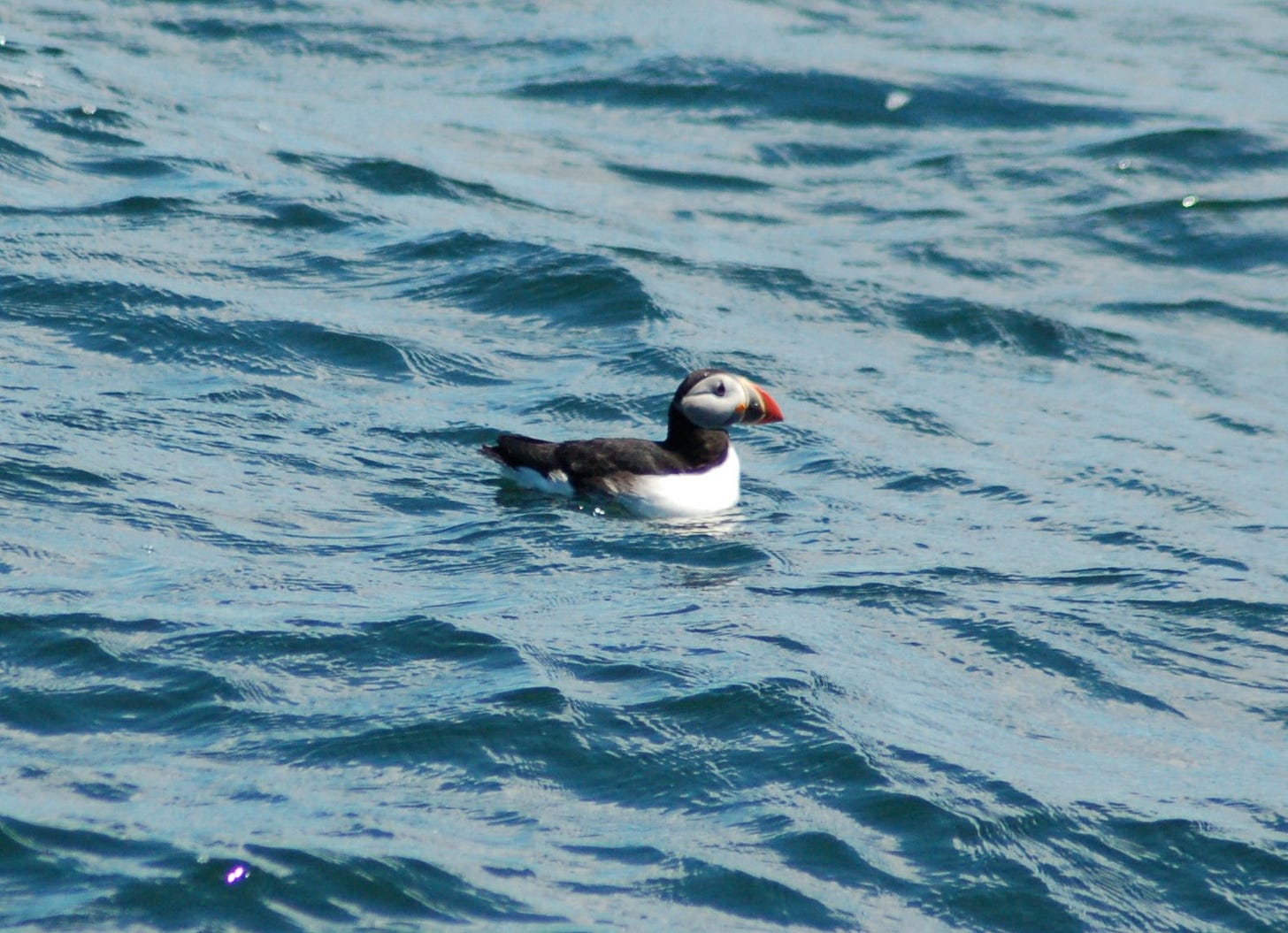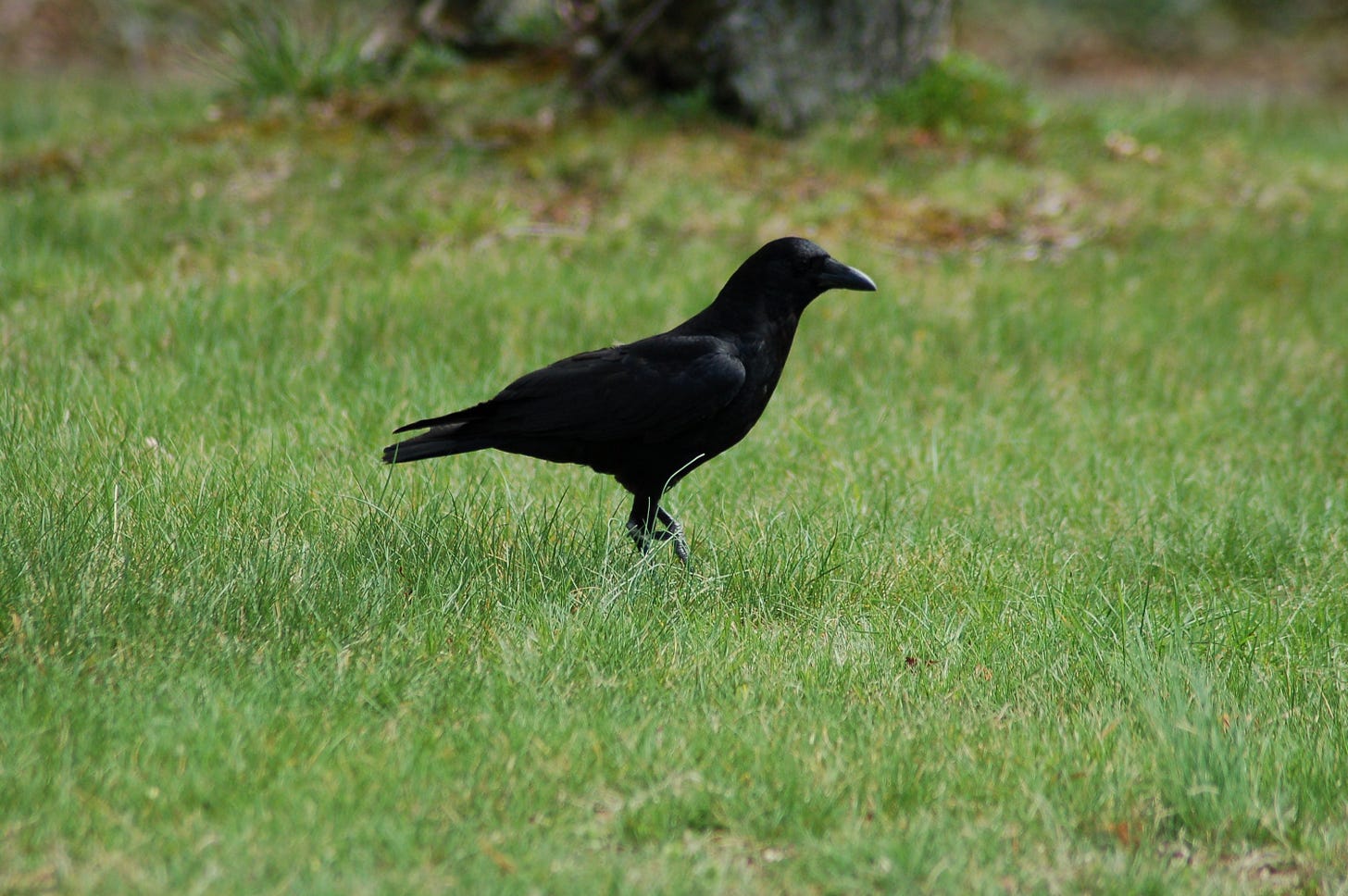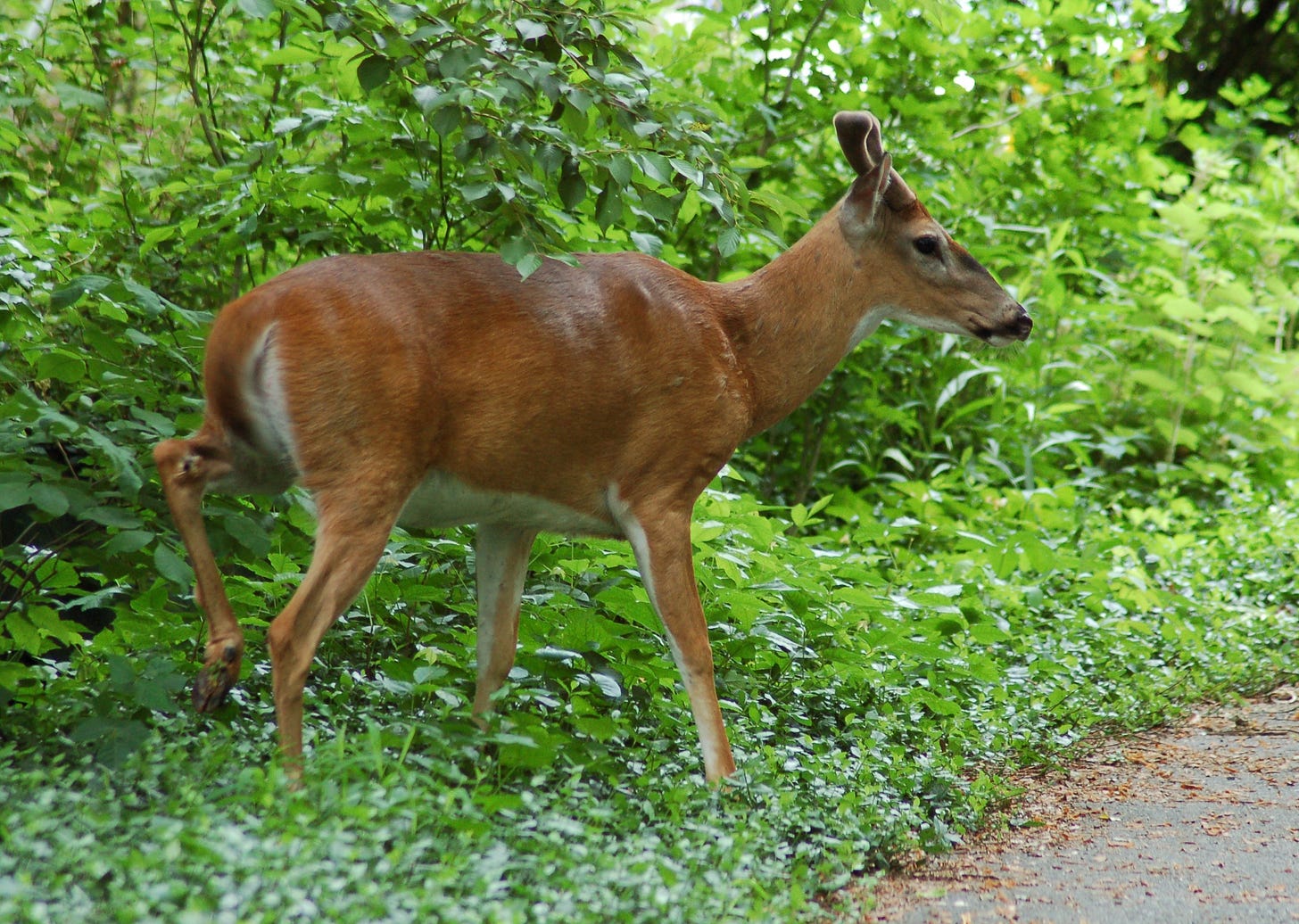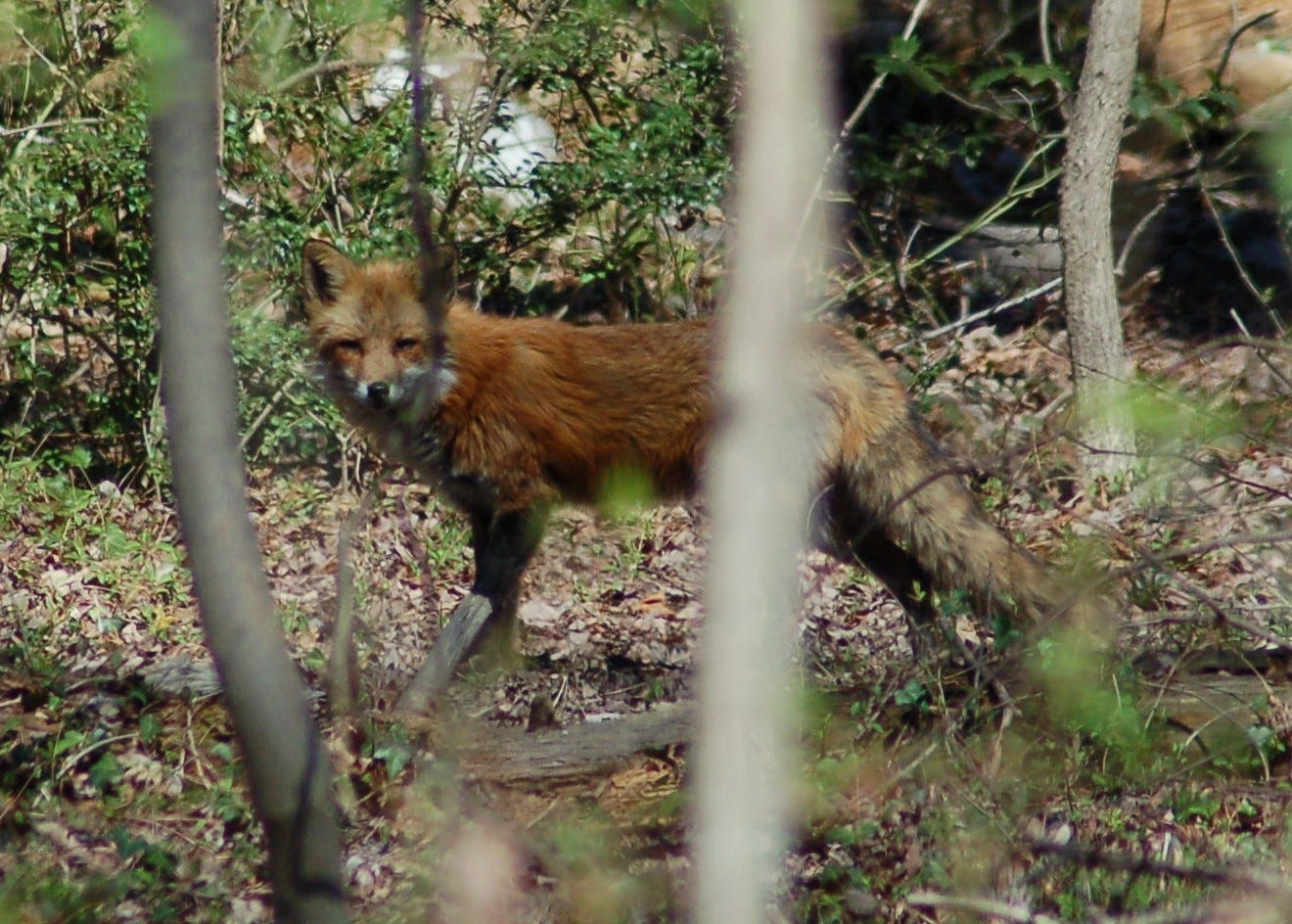Contest Winner and Birding on a Budget
A few hundred dollars is no small sum, but there is a way to take good bird photos from a distance without spending $1000+ on modern, top-line equipment.
Congratulations to Bird Time reader Carolina for winning our subscriber contest! She is now the proud receipient of a $30 Petco gift card for her efforts in helping up boost our subscribers. Are you a subscriber? If not, join us now for free and get cute birds straight in your inbox twice a month!
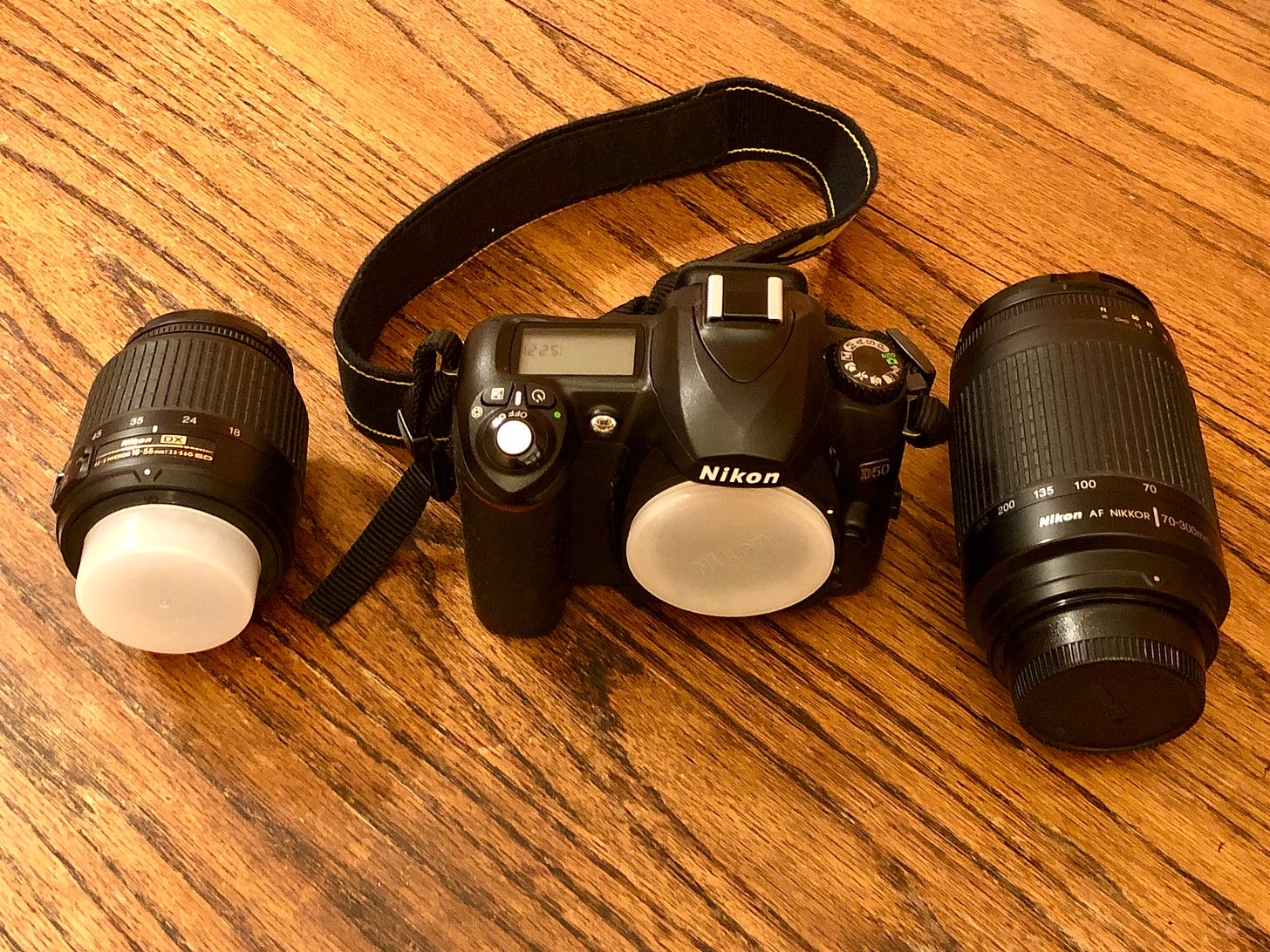
The Bird Time! blog is back now after a brief interlude during which my wife and I were too busy relocating to Richmond to do much else. But rest assured there are plenty of new bird stories to come, including what I intend to be a multipart series on the Smithsonian National Zoo’s new Bird House exhibit.
One of the common complaints among those interested in birding is the (seemingly) high cost of entry. There are many types of cameras to choose from and that is not including the types of long-range zoom lens that different cameras could be paired with. According to Bird Watching magazine (which I am a fan of), an entry level camera with built-in zoom could range from $599 for the Canon PowerShot SX70 HS to $1,698 for the Sony Cyber-shot DSC-RX10 IV. These cameras already are great for taking pictures of perched birds without the need for a zoom lens to attach to them.
That being said, being able to switch out lenses is a neat feature that gives you a lot of flexibility. It also enables further upgrades as better lenses hit the market. One example of such a camera is the Nikon D500 DSLR Camera, which comes with 16-80mm Lens (for short-distance photos) and is compatible with the Nikon AF-S NIKKOR 200-500mm f/5.6E ED VR Lens (for long-ranger photos). This is essentially the setup I currently have, albeit with the much older Nikon D50 (state-of-the-art circa 2005). My D50 came with a DX AF-S Nikkor 18-55mm Lens, but I usually use a Nikon AF Nikkor 70-300mm 1:4-5.6 G Lens for most of my birding. The 70-300mm is good for birds up in a tree or even (with the right custom settings) for photographing birds in flight.
Of course, even after choosing a camera there are even more intense and expensive super-telephoto lens that can capture most away and fast-moving birds. These, such as the Nikon NIKKOR Z 800mm f/6.3 VR S Lens, easily run run into the $6,000+ price range.
But you can also buy your gear second-hand, which is what I did when my former pastor was moving out of town and off-loading old equipment. In fact, just a casual search on Amazon and eBay shows that a used D50 camera and 16-80mm Lens goes for about $50 to $159. In addition, a Nikon AF Nikkor 70-300mm 1:4-5.6 G Lens also runs for about $50 to $179. If you want the D50 camera body and the Nikkor Lens to emulate the set up I have, you can also find some complete kits that sell both.
This same logic applies to modern cameras that you can find used or refurbished. One used Nikon D500 camera I found runs for $959.95 which is a whopping 94.2% cheaper than buying it brand new. I also found its accompanying AF-S NIKKOR 200-500mm f/5.6E ED VR Lens used for $792.50 which is 28.5% cheaper than buying new. Granted, these are still very expensive items! So I should note that you can always take some pretty good photos with either an older camera or a decent smart phone. In fact, I have a few friends who routinely get wonderful results with just their phones and I think that is both fun and impressive.
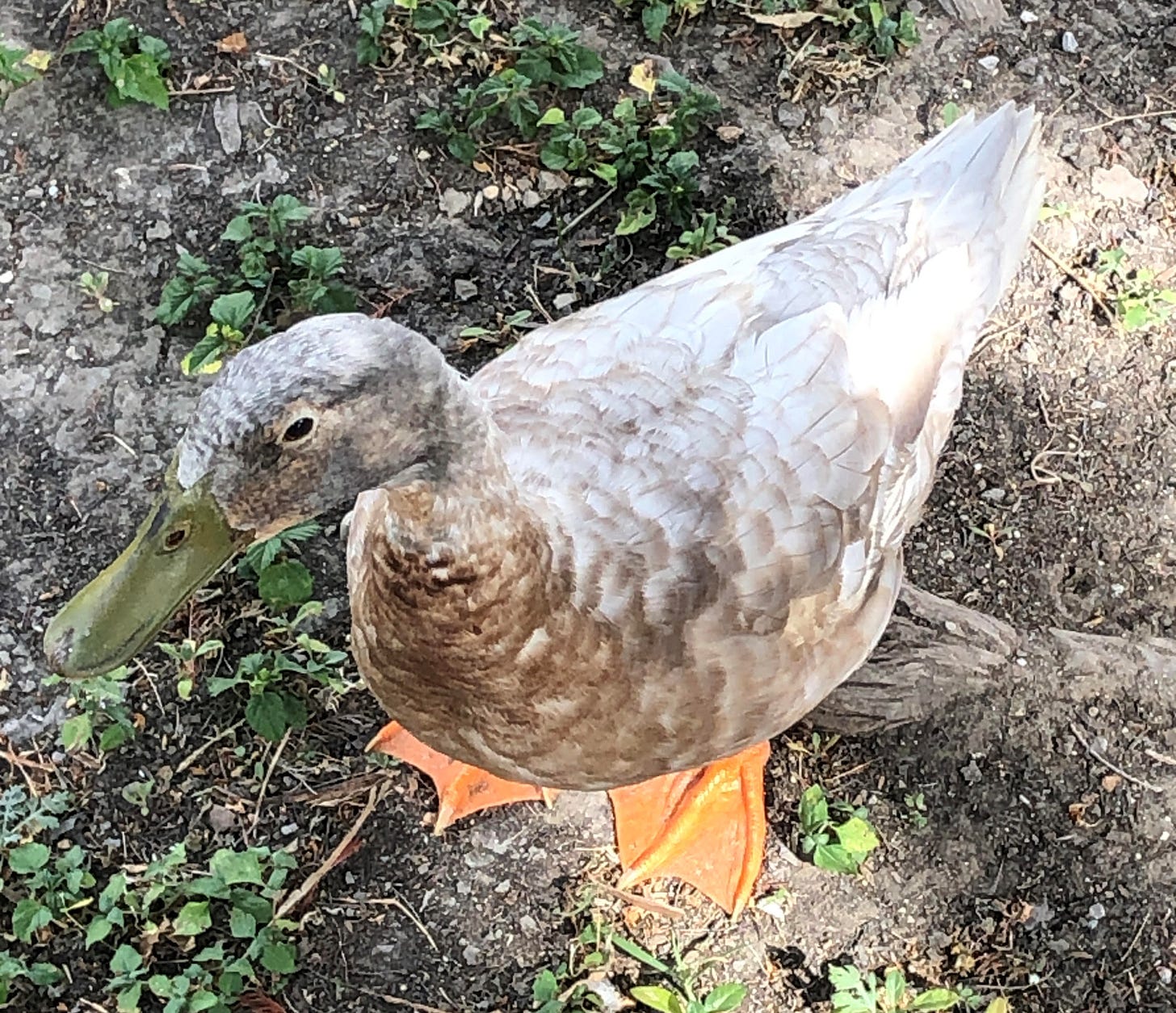
Finally, it should be noted that as with any used or refurbished item there is a bit of a risk. Obviously, they won’t last as long as if they were straight from the factory. Moreover, you should be careful to check the condition as “used, like new” vs “good” or “acceptable.” Similarily, some cameras for sale are nonfunctional and are just sold for parts—so be careful to examine a deal that looks to good to be true. You might just be buying spare parts or some accessories instead of an entire working camera and lens.
I’m sure one day my D50 will give out or I’ll end up wanting to upgrade. But these are good enough to just get started. A lower barrier to entry means just that—you can get started photographing and keeping neat photos for your family and the scrapbook.
Finally, always remember that there is no magic camera that always guarantees a perfect shot. Taking photos requires patience and practice. Sometimes the auto-focus doesn’t work well or you need to fiddle with the settings. I always have to delete a ton of photos, but the ones left over are usually decent to excitingly good.
If you take bird photos what kind of camera or phone do you use? Write back to let me know or leave a note in the Substack comment section.
Until next (Bird!) time,
Grover




